I've driven the most expensive Volvo ever – and its clever Lidar tech could take EV safety to the next level
The all-electric EX90's boring stuff is the most impressive
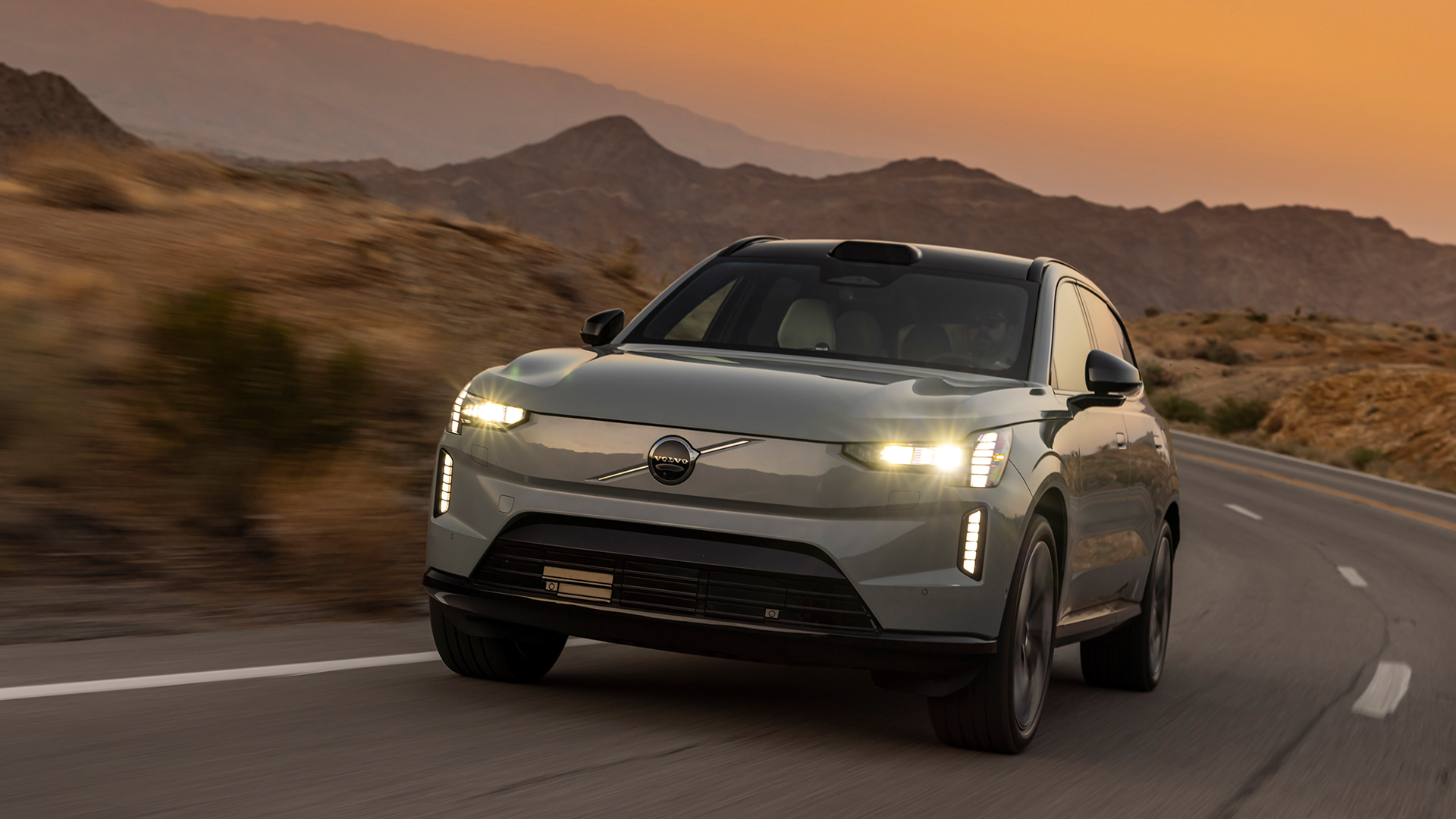
Safety and the unmistakably Swedish automotive brand Volvo go together like pickled herring and crisp-breads, Ikea and affordable book shelves, ABBA and the Eurovision Song Contest.
After all, the Scandi company basically invented the modern seatbelt, with its patented three-point safety system fitted as standard on all Volvo cars as early as 1959 – the first seat belt federal law in the US didn’t pass util 1968.
Fast forward a few decades and its City Safety suite of systems, which included early radar and camera technologies, essentially paved the way for the autonomous emergency braking systems we now see in pretty much every modern vehicle.
The thematic thread that runs through all of this stuff is the word standard and the latest model to join the line-up – the long-awaited, pure electric seven-seat EX90 – carries on the tradition by becoming the world’s first global consumer vehicle to include Lidar technology across the entire line-up.
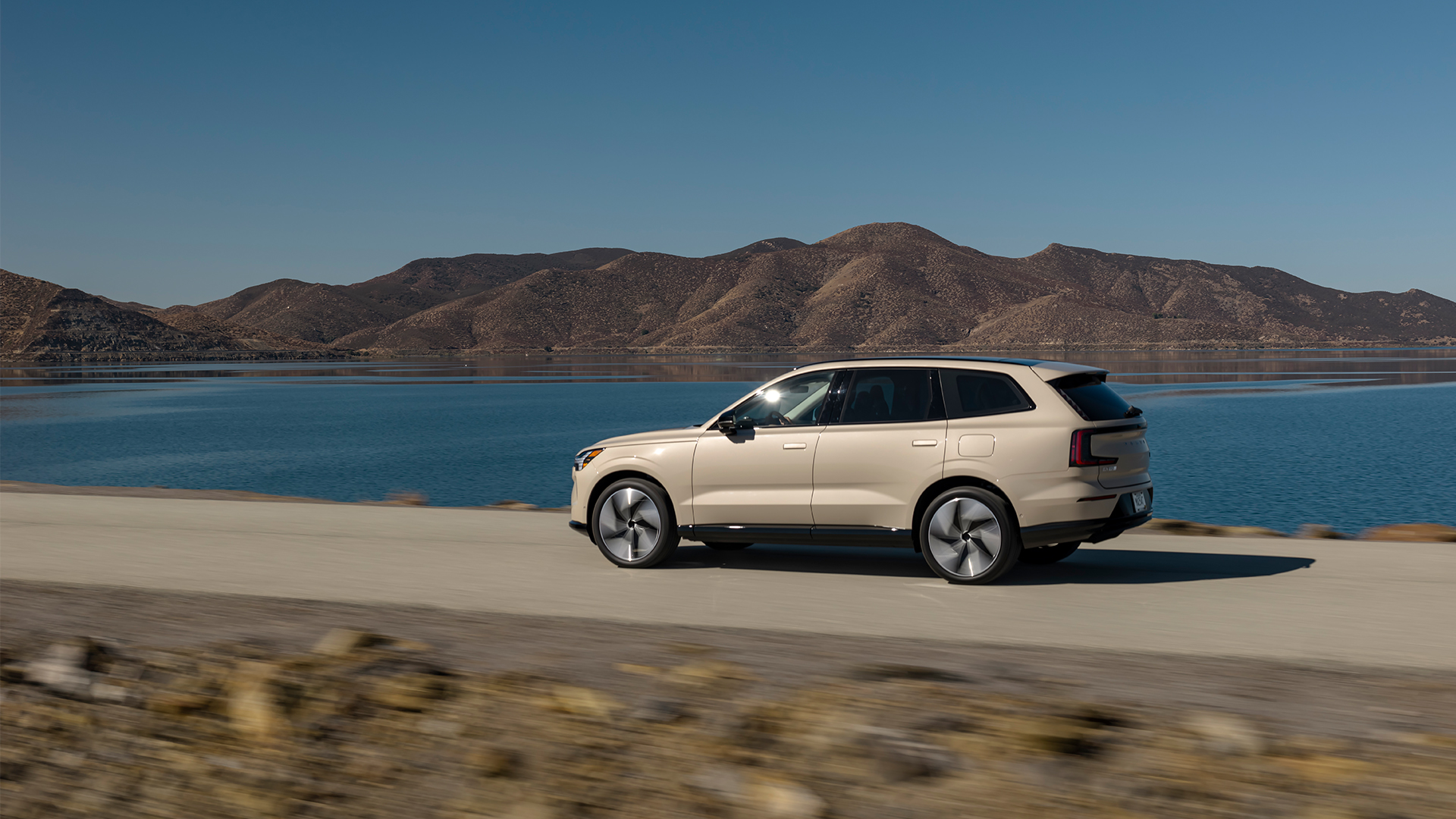
It is the reason there is a slightly awkward looking lump above the windscreen of the latest EV that, from certain angles at least, makes the EX90 look a little bit like a taxi. Volvo’s design team will flip its collective lids over that statement, but there’s no getting away from it.
However, Volvo’s most expensive vehicle to date (it will cost £100,555 in the UK and $90,640 in the US) leverages this technology for far more than just advanced levels of autonomous driving, where it is typically found.
Instead, the system bombards its next-gen onboard super computers with data so its equally advanced safety tech performs better and, more importantly, should prove far less annoying to live with.
Get daily insight, inspiration and deals in your inbox
Sign up for breaking news, reviews, opinion, top tech deals, and more.
The chips are down
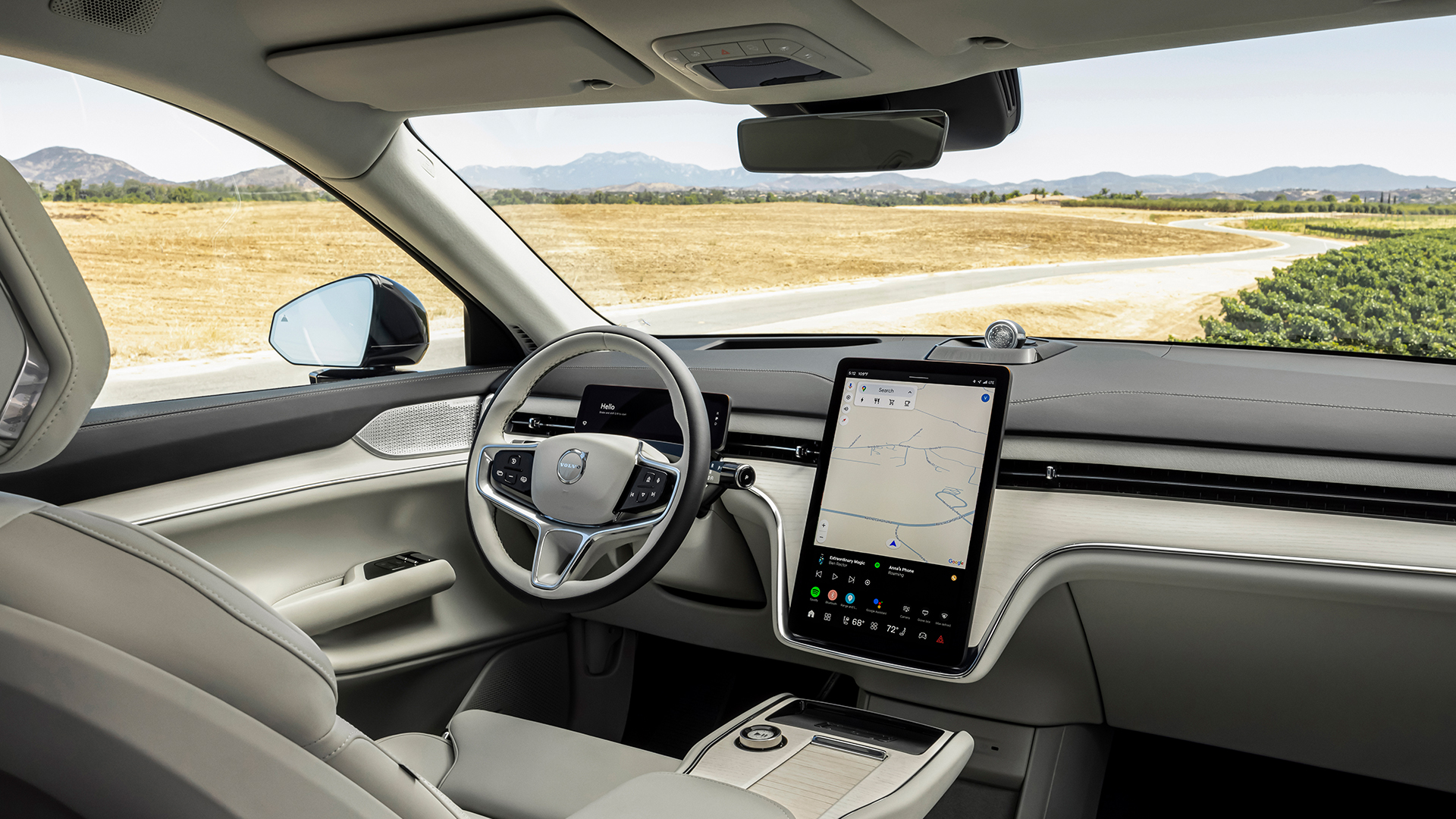
The Volvo EX90 was tipped to be one of the first premium, electric seven-seat SUVs to go on sale globally, but delays due to numerous software headaches meant that the title was taken by the Kia EV9 – also the priciest model that the South Korean company has ever sold.
Nonetheless, Volvo's big SUV is impressive: a 400V lithium-ion battery with 111kWh capacity feeds dual motors that deliver up to 517hp and 910Nm in the range-topping Twin Motor Performance models. An electric range of 374 miles is being touted by the manufacturer.
There is seating for up to seven, or six in an arguably more luxurious configuration, as well as a 25-speaker Bowers & Wilkins audio system that is probably one of the best sound systems I’ve ever experienced in a vehicle.
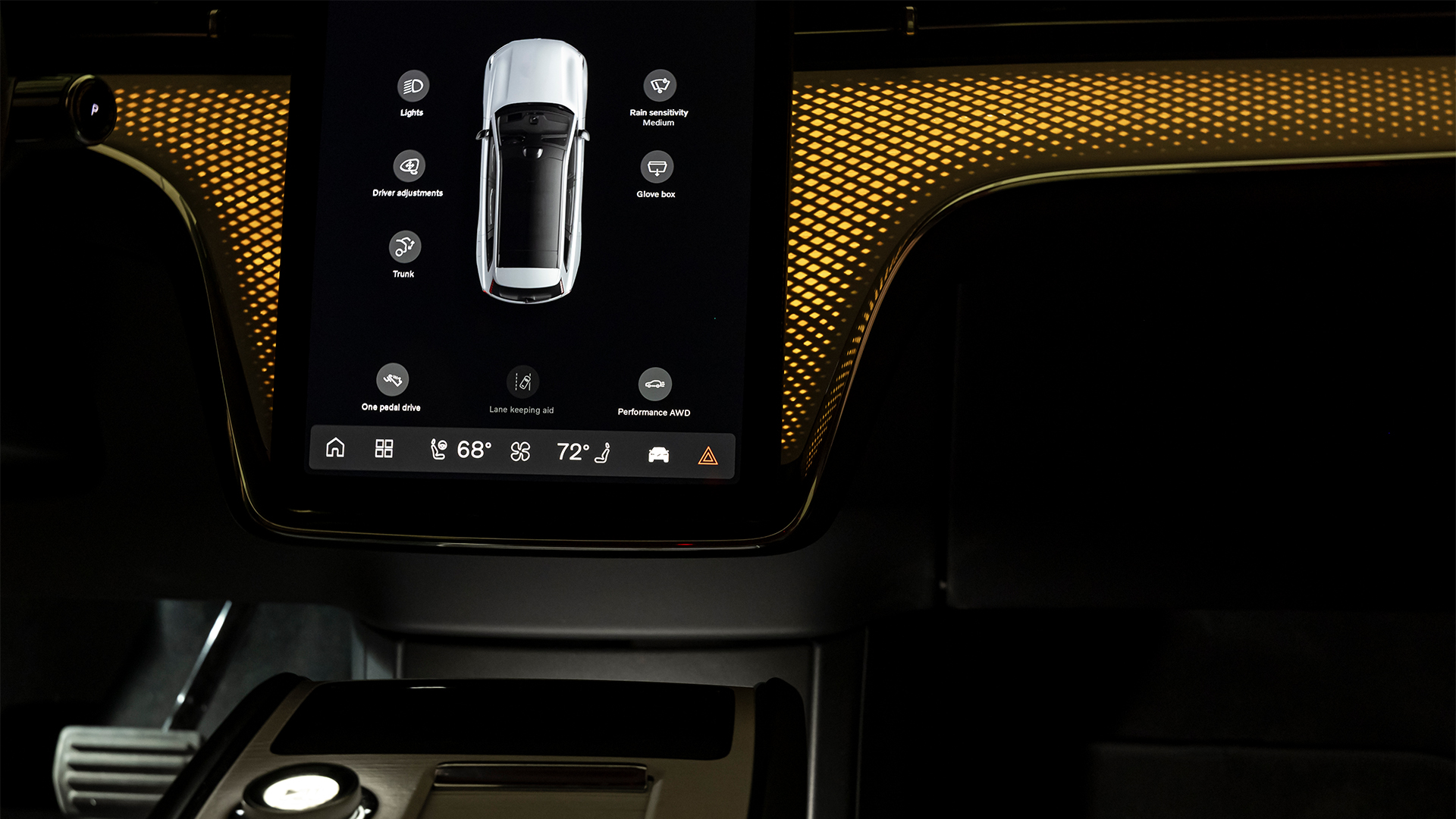
Infotainment is taken care of by a 14.5-inch central touchscreen control system with Google built in, while a further display mounted just behind the steering wheel shows off Volvo’s recent work with Epic Games and its Unreal Engine, which provides all of the razor sharp visualisations and animations, powered by the presence of Snapdragon’s Cockpit Platforms.
It's this glut of compute power that allows the big Volvo to gather and analyze a stream of data from cameras, radars, sensors and the aforementioned Luminar Lidar system to create a real-time, 360-degree view of the world around.
In a move akin to what you'll find on Tesla's massive screen, Volvo's clever collection of 360-degree cameras and ultra-sonic sensors map the surrounding traffic in real time and display it on the screen. It can differentiate between a car, motorcycle and truck, although it deemed the large pick-ups on Southern California's roads to be much bigger than they actually were.
Another big name in the computing business to feature in the vehicle is Nvidia, which provides both its Xavier and latest generation Orin System-on-a-Chip (SoC) computers – a combination that marks another automotive first.
It is this glut of compute power that allows the big Volvo to gather and analyze a stream of data from cameras, radars, sensors and the aforementioned Luminar Lidar system to create a real-time, 360-degree view of the world around.
Granted, this will allow some seriously advanced levels of autonomous driving in the future, but that’s not exactly what Volvo is gunning for… for now.
Beating the system
Irritatingly, the full scope of Volvo's Lidar system is yet to be seen, as it wasn’t truly online during the launch event, nor will it be live in early customer cars. Instead, the Swedish marque will ape Tesla and release a number of Over-the-Air updates once it feels the tech is ready.
"We tried to have a few of the Lidar-reliant safety systems online for launch but we just weren’t happy with the performance," says Volvo’s Martin Magnusson, the man in charge of the company’s ADAS and software systems.
One of those new-fangled driver assistance systems is what Magnusson refers to as Advanced Emergency Steering, likely to be shortened to AES once it catches on and becomes an inevitable new industry safety standard.
Here, the Lidar, which casts its own light source with laser, pairs with the suite of other sensors to detect potential objects in the road. A pedestrian or cyclist on a dimly-lit country lane is one example, and here, it will gently apply steering in order to avoid the hazard and give vulnerable road users space.

"It won’t swerve into oncoming traffic or cross a lane, but will safely and gently apply steering if it feels the driver hasn’t registered the potential danger," Magnusson says.
This extra pair of eyes on the road is one of the key reasons Volvo has leaned on Lidar, as it allows the wealth of additional data to help its onboard computers and advanced machine learning to make better decision when it comes to active safety.
During one presentation, Volvo offered an AR explore around its Lidar system, as it mapped an expansive golf course laid out in front of it. Unlike any camera or other sensor system, it could create a detailed 3D representation, complete with a detailed sense of depth and distance, as well as accurate mapping of shadows and objects.
Representatives from Luminar and Nvidia agreed that the system was more than capable of advanced levels of autonomous driving, with Nvidia's Rick Goyal stating that there are plenty of robotaxis driving around with less compute power.
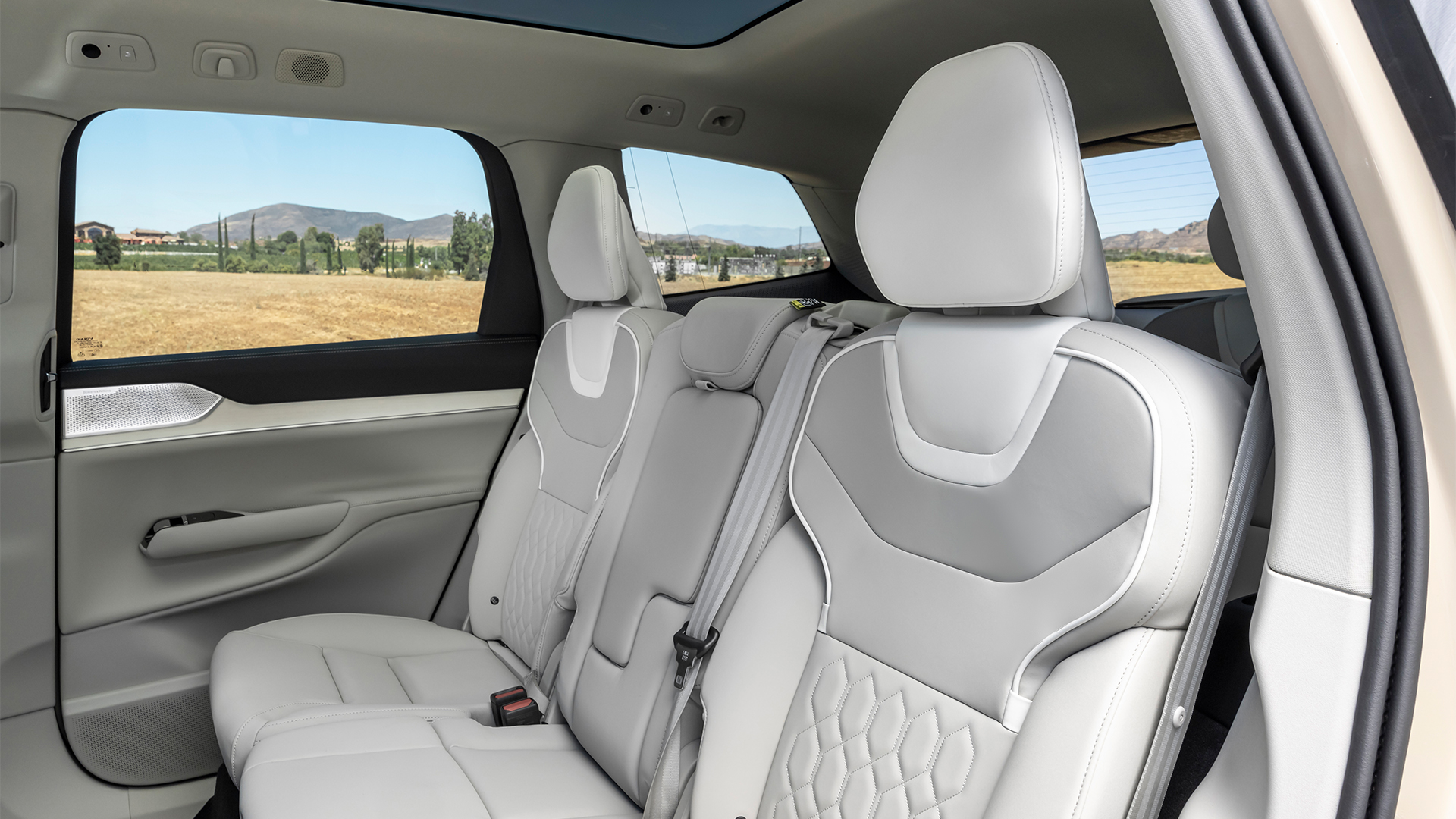
But Magnusson and his team at Volvo aren't focussing on that for now. He says that the real risk lies in the fact that many modern safety systems are so nannying that drivers simply want to turn them off.
Instead, Magnusson says Volvo's new suite is acting as a helping hand in the background, making much more advanced decisions on whether it needs to get involved or not.
With such a plethora of sensors, the vehicle is effectively scanning its surroundings constantly, tracking distracted pedestrians that might be stepping into the road, keeping an eye on cyclists or watching out for swerving drivers.
Rather than simply reacting at the last minute, slamming on the Autonomous Emergency Braking system when it feels you might be about to run into a parked car, the latest set-up can make real-time decisions on the potential danger.
"We want to completely rule out ghost braking situations or those experiences where safety systems jump in for no reason," Magnusson tells me.
Rewarding careful drivers
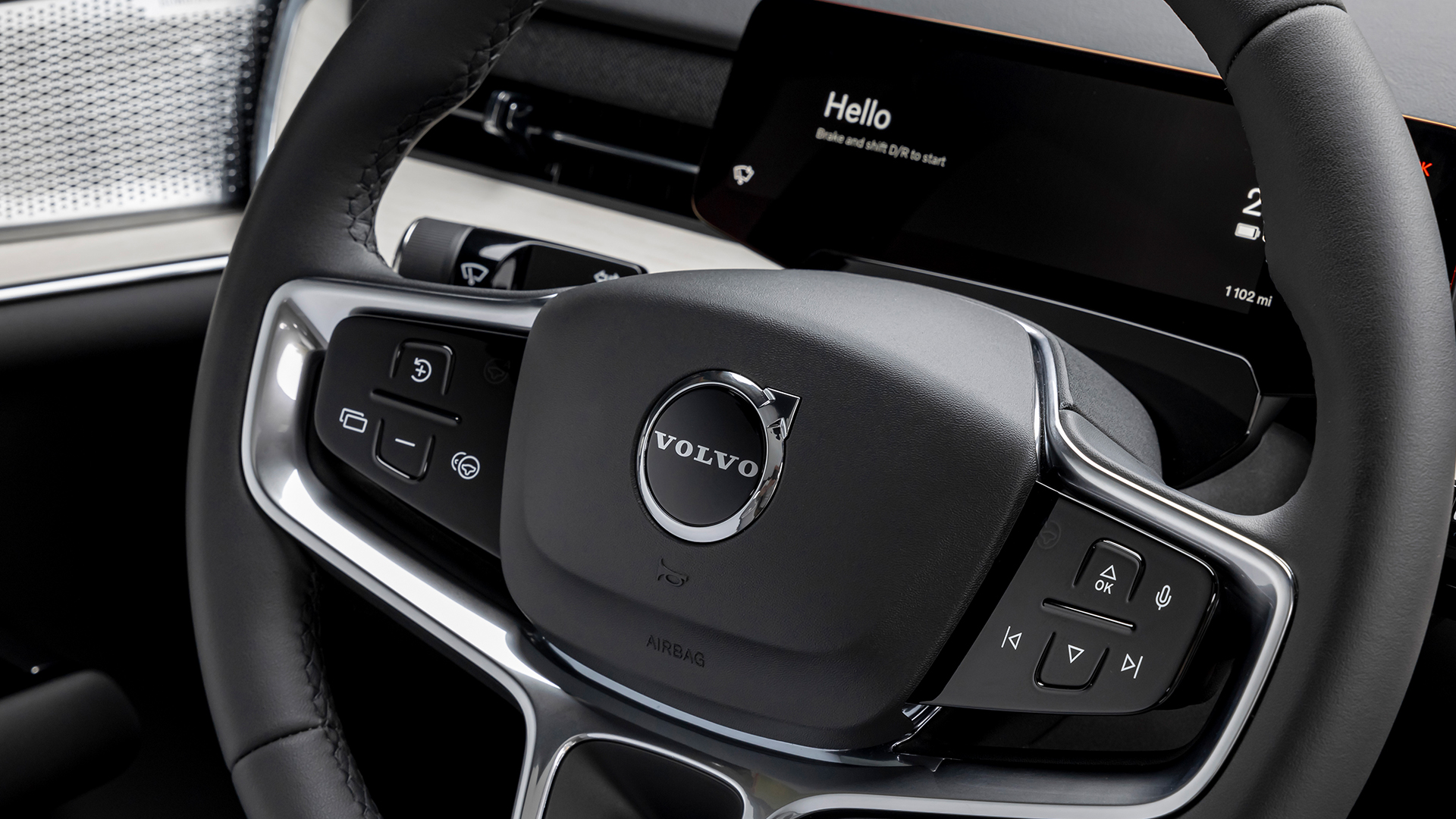
Another great example is the interior driver monitoring system, which uses cameras to capture and gauge eye-gaze concentration. Systems like this already exist, famously Tesla owners have been tricking their set-ups in order to prevent the need for human intervention when driving (likely very distracted) in Full Self Driving and Autopilot modes, but Volvo’s is different.
With the sensor suite we have here, there should be no reason why a Volvo is scratched or dented, let alone involved in a crash.
Martin Magnusson, Volvo
Magnusson tells me that it will not only serve to assist drivers with warnings when it detects that they are tired or distracted, it will also work in the opposite way, scaling back on audio and visual prompts if it feels the driver is being attentive and driving well.
Although we are still yet to see the full extent of Lidar's impact on this sort of technology, the resulting suite of Volvo’s safety features is clearly present but never over-bearing.
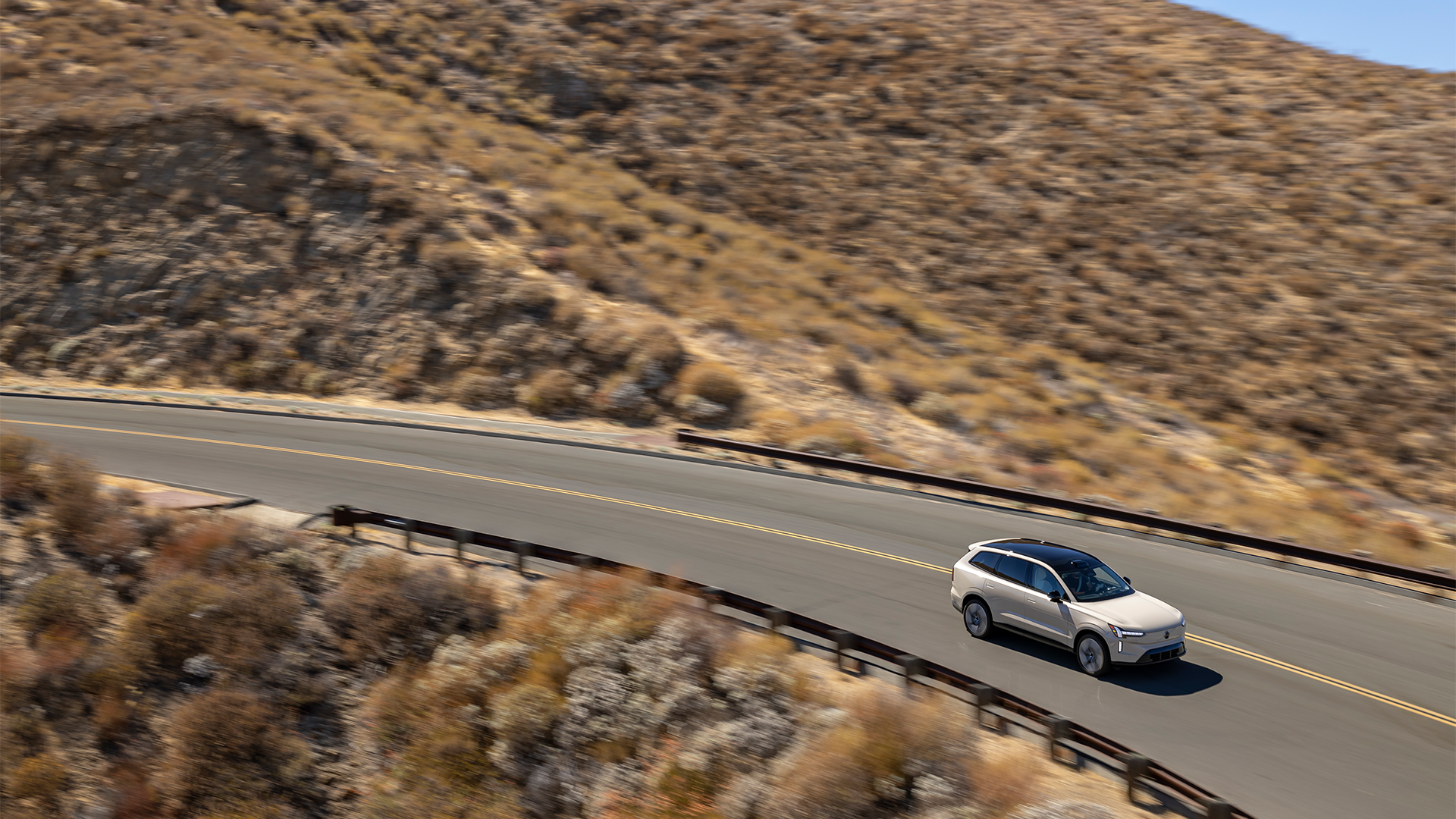
It doesn’t bludgeon the driver over the head with constant speed limit warnings, nor does it yank the steering wheel when it senses a tyre is getting a little too close to the hard shoulder.
Instead, it seems to predict the trajectory and intervene early on with milder inputs, almost second-guessing what is about to happen and dealing with it before the situation gets serious.
Volvo’s most recent safety objective is that not a single one of its cars will collide with another vehicle or object, not only reducing injuries and casualties, but also ensuring no car is harmed.
"With the sensor suite we have here, there should be no reason why a Volvo is scratched or dented, let alone involved in a crash," Magnusson exclaims.
Quietly impressive

To get this far without going into great detail about what EX90 is like to drive is perhaps a reflection of what Volvo has created.
Sure, the Twin Motor performance is plucky, providing ample acceleration, while the driving experience is smooth, relaxing, almost wafting. It certainly feels like a luxury vehicle when behind the wheel.
The Bowers & Wilkins sound system is phenomenal, the infotainment system easy to use and fast to react to inputs. Passengers will be impressed by the seat comfort and the overall finish in the cabin is good, if not exactly exquisite.
There is 250kW DC fast-charging for 10-80 per cent battery top-ups in 30 minutes, while the 300-mile electric range is ample, if not market-leading.

However, it feels like Volvo is attempting to redefine what it means to produce a luxury vehicle, prioritizing safety and accountability over extravagance or headline-grabbing performance figures.
The wool found on the 'Nordico' upholstery is certifiable and sustainably sourced, the cabin is the quietest Volvo has ever produced and the EX90 will be among the first EVs to be shipped with a battery passport, allowing owners to delve into the origins of the battery pack's precious metal content and its total carbon footprint
So is the EX90 really worth 100k? It is difficult to say, because EVs across the board are moving the goal posts in terms of what constitutes a premium or luxury vehicle these days.
Also, Volvo will argue that you can't put a price on safety and sustainability. Where the EX90 is concerned, it is pushing this point to the limit.
you might also like

Leon has been navigating a world where automotive and tech collide for almost 20 years, reporting on everything from in-car entertainment to robotised manufacturing plants. Currently, EVs are the focus of his attentions, but give it a few years and it will be electric vertical take-off and landing craft. Outside of work hours, he can be found tinkering with distinctly analogue motorcycles, because electric motors are no replacement for an old Honda inline four.